How will AI be going Transform the Design Thinking Framework?
Design Thinking has long been the preferred approach for tackling complex challenges with creativity and empathy. It’s not just a methodology but a mindset that prioritises the needs of the user and drives innovation. However, with the rapid advancement of Artificial Intelligence (AI), the way we approach design is evolving.
This isn’t about AI taking over from human designers - far from it. Instead, AI is becoming an essential tool that can enhance the Design Thinking process. It makes it more efficient, data-driven, and ultimately more impactful.
In this blog, we'll explore AI in Design Thinking, revealing everything you need to know.
Understanding Design Thinking
Design Thinking is far more than just a trend; it’s a user-centric approach to problem-solving that encourages designers to see the world through the eyes of the user. The process is typically divided into five key stages:
- Empathise – The foundation of Design Thinking, where you immerse yourself in the user's world to understand their needs, behaviours, and challenges. It’s about gathering insights that go beyond surface-level assumptions.
- Define – Using the insights from the empathy stage, you articulate a clear problem statement that will guide the rest of the design process. This step is crucial as it focuses the team's efforts on solving the right problem.
- Ideate – This stage is where creativity flourishes. The goal is to generate as many ideas as possible, breaking free from traditional constraints to explore innovative solutions.
- Prototype – Ideas are transformed into tangible forms through prototypes. These can be anything from simple sketches to detailed models, depending on what is needed to test the concept.
- Test – Prototypes are tested with users, and feedback is gathered. This stage is iterative, often looping back to earlier stages to refine ideas and solutions based on real-world insights.
The importance of design thinking strategy cannot be overlooked! Design Thinking is inherently flexible and iterative, allowing designers to explore multiple solutions and refine them based on real feedback. However, this process, while effective, can be time-consuming and resource-intensive - this is where AI can make a significant impact.
Artificial Intelligence in Design
AI in design is no longer a futuristic concept; it’s already reshaping the industry. AI tools are capable of performing tasks that would traditionally take humans hours or even days to complete. For example, AI can analyse large datasets in seconds, generate design options, and even predict user behaviours.
Some key applications of AI in design include:
- Automated Design Generation - AI-powered tools such as Adobe Sensei and Canva’s AI features can generate design options based on specific criteria, accelerating the creative process and allowing designers to focus more on refining ideas rather than starting from scratch.
- User Behaviour Prediction - AI can analyse patterns in user behaviour and predict which features or design elements will be most effective. This data-driven approach ensures that designs are more likely to resonate with the target audience.
- Natural Language Processing (NLP) - AI’s ability to understand and process human language enables more intuitive user interfaces and even the generation of content or design elements based on simple text prompts.
- Personalisation - AI enables hyper-personalised experiences, tailoring content and design to individual users based on their preferences and past behaviours.
These advancements are powerful, but the true potential of AI is realised when it’s integrated into the Design Thinking framework.
How AI is Transforming the Design Thinking Framework
Artificial Intelligence (AI) is not just an additional tool in the designer’s toolkit; it’s fundamentally reshaping the Design Thinking framework. By integrating AI, the process of empathising, defining problems, ideating, prototyping, and testing is being transformed into something far more dynamic, data-driven, and efficient.
But let’s stress; this is NOT going to replace human centred design thinking - it’s all about enhancing it!
1. Empathise with Precision
Empathy is at the heart of Design Thinking. It’s all about deeply understanding your users - what they need, how they feel, and the challenges they face.
Traditionally, this involves methods like interviews, observations, and surveys, which, while effective, can be time-consuming and sometimes limited by the number of people you can realistically study.
AI changes the game by enabling the analysis of massive datasets in real time. For instance, AI-powered tools can scrape and analyse social media conversations, customer reviews, and user-generated content to extract insights that would take humans months to gather.
Natural Language Processing (NLP) algorithms can interpret the emotions behind user feedback, identifying patterns and sentiments that might not be immediately obvious to human researchers. This allows designers to empathise with users at a scale and depth that was previously unimaginable.
2. Define with Data
The define stage in Design Thinking is about synthesising information gathered during the empathise stage to clearly articulate the problem you’re trying to solve.
Traditionally, this involves interpreting qualitative data to identify key insights and framing these insights into a problem statement.
AI can augment this process by providing data-driven insights that refine and sharpen problem definitions. Machine learning algorithms can sift through large volumes of data to identify trends, correlations, and anomalies that may not be immediately visible to human analysts.
For example, AI can detect patterns in user behaviour that signal underlying problems, such as a consistent drop-off at a certain point in the customer journey.
3. Ideate with AI Assistance
Ideation is where creativity is unleashed, with the goal of generating a wide range of possible solutions to the defined problem.
Traditionally, this involves brainstorming sessions, mind mapping, and other creative exercises. However, human creativity, while boundless, is also subject to cognitive biases and limitations.
AI-driven design thinking introduces a new dimension to ideation by acting as a creative partner.
Generative design, a form of AI, can create thousands of design alternatives based on a set of initial parameters. These AI-generated options might explore design spaces that humans wouldn’t naturally consider, pushing the boundaries of creativity.
For example, an AI could suggest novel materials, shapes, or configurations that align with the design goals but are outside the designer’s typical realm of thinking.
AI also facilitates collaborative ideation. For example, AI-driven platforms can analyse ideas generated during brainstorming sessions and suggest improvements or combinations that could enhance the overall solution.
AI can even simulate how different ideas might perform in real-world conditions, providing immediate feedback that can guide the ideation process.
4. Rapid Prototyping
Prototyping is where ideas take a tangible form, allowing designers to test and refine their concepts.
Traditionally, prototyping is an iterative process that involves building models, testing them, gathering feedback, and making adjustments - a process that can be both time-consuming and resource-intensive.
AI accelerates this process in several ways. Incorporating AI tools into design thinking can generate prototypes based on design specifications much faster than manual methods.
These prototypes can be as simple or complex as needed, from basic wireframes to fully interactive models.
Additionally, AI can run simulations to predict how different prototypes will perform under various conditions, identifying potential flaws or areas for improvement before the prototypes are even built.
Furthermore, AI can facilitate real-time iteration by automatically adjusting designs based on user feedback. For instance, if users consistently encounter a particular issue with a prototype, AI can suggest modifications to address the problem, streamlining the iteration process.
5. Enhanced Testing
Testing is a critical phase where prototypes are put in front of real users to gather feedback.
Traditionally, this involves usability testing sessions, A/B testing, and gathering qualitative feedback - all of which can be time-consuming and require extensive analysis.
AI revolutionises the testing phase by providing powerful analytics and real-time feedback loops.
AI can process vast amounts of user interaction data quickly, identifying patterns and insights that might take human analysts much longer to discern.
For instance, AI can track how users interact with a prototype, where they encounter difficulties, and what features they engage with the most.
Integrating AI into the Design Thinking Framework
Integrating AI into Design Thinking isn’t about replacing designers but enhancing their capabilities. Here’s how to do it effectively:
- Collaborative approach - Encourage collaboration between AI tools and human designers. AI can handle data-heavy tasks, while human designers focus on creativity and intuition.
- Start small - Begin by integrating AI into one or two stages of your Design Thinking process. For example, use AI to gather and analyse user data during the empathy phase or to generate initial design concepts during ideation.
- Continuous learning - AI systems improve over time as they process more data. Make sure your team regularly updates and refines the AI tools to get the best results.
- Ethical considerations - AI can process data at an unprecedented scale, but with great power comes great responsibility. Ensure that your AI usage is transparent and respects user privacy.
- Human oversight - Always maintain human oversight in the design process. AI can generate options and provide insights, but the final decisions should be made by experienced designers who can consider the nuances that AI might miss.
Embracing AI and Design Thinking
AI is not here to replace the Design Thinking framework but to elevate it. By automating routine tasks and offering data-driven insights, AI allows designers to focus on what they do best; creative problem-solving and innovation.
If you would like to discuss how to integrate AI in a thoughtful and effective manner, contact Appnova, a leading digital design agency in London, and let’s get started!
Subscribe To Us

























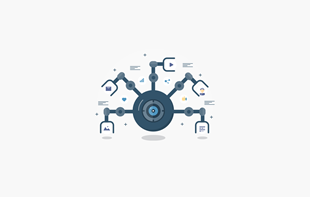
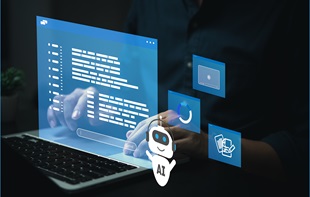
























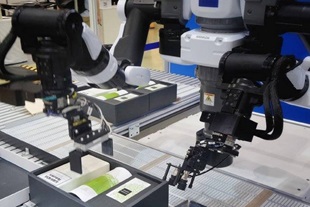








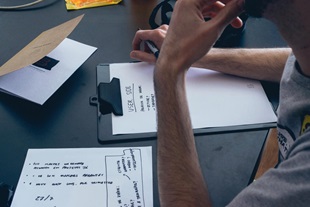























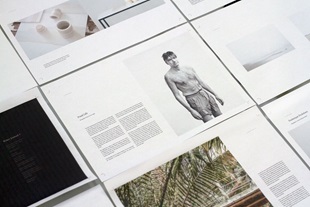









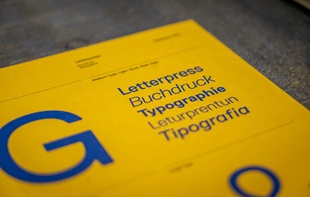
















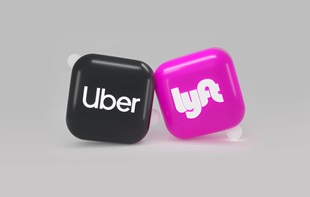
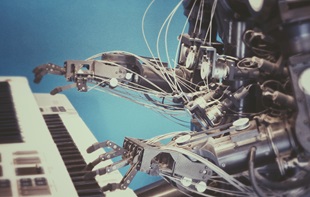







![10 latest trends in digital marketing for beauty brands [Part.2]](/-/media/Appnova/Blog/ScreenShot20151026at1500471940x567/10-latest-trends-in-digital-marketing-for-beauty-brands-Part-2.jpg?mw=310)
![10 latest trends in beauty web design and digital marketing [Part.1]](/-/media/Appnova/BannerImages/18376519151_bbeaa6dafc_b-1/trends-in-beauty-web-design-and-digital-marketing/10-latest-trends-in-beauty-web-design-and-digital-marketing-Part1.jpg?mw=310)















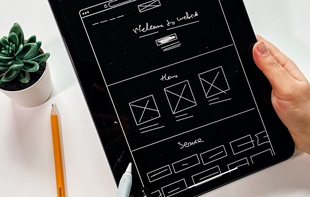





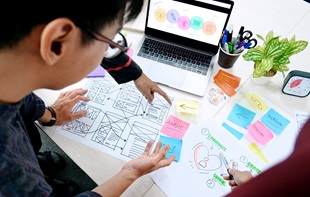














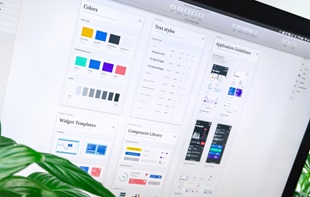





![The generation of me, myself and I – Me-commerce will remain strong. [Infographic]](/-/media/Appnova/BannerImages/mecommerce-cover/mecommerce-cover/The-generation-of-me-myself-and-I--Mecommerce-will-remain-strong.jpg?mw=310)





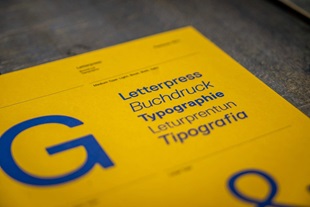
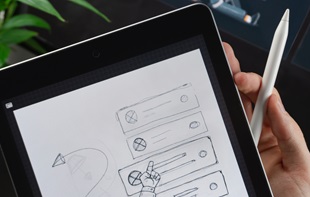
![The power of logos [Infographic]](/-/media/The-power-of-logos.jpg?mw=310)





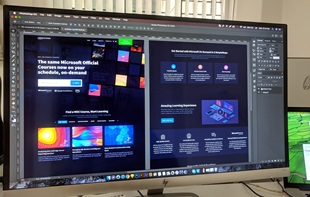




.jpg?mw=310)



0.Comments